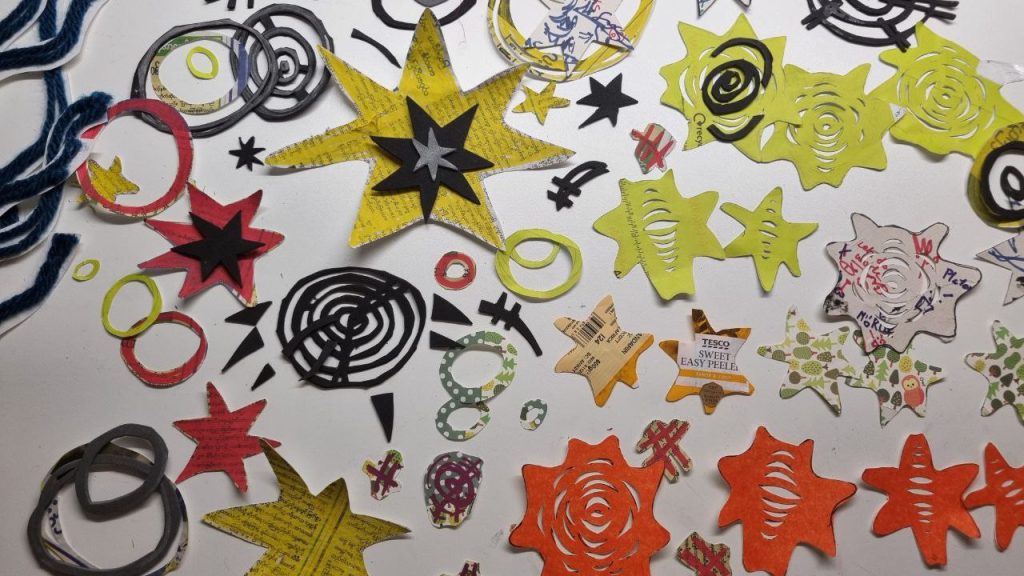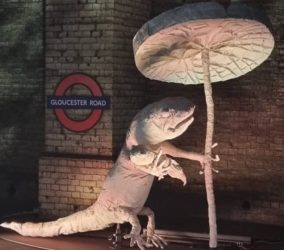Within this rotation, we learnt how to use after effects to create a self portrait sequence.

Due to the fact that the past animation I’ve made involved very abstract shapes and concepts, this time I want to create something with more physical form and meaning. Thus, I created the rat. After some sketches and thinking, I believed that the rat has the most similar characteristics that defines me in some sense (such as smelling food or hoarding items) I also thought that having an establishing animal with it’s real life characteristics sets up a predetermined expectation out of the audience in some sense. I mainly used rounded shapes inspired by the character designs in “Bluey” (analysed in previous posts) and the Disney standards to evoke a softer and friendlier feeling of the rat. Also, with some inspiration from the tutor Jess’s works, I blocked out the colors for all the shapes without any strokes and created something fun and light-hearted rather than emotionally deep sequences.
Learning from the problem encountered during the stop motion rotation where I rushed the screen time by trying to fit in many elements in 5 seconds, I only picked 2 main actions for this sequence so that I can hold onto some frames longer for the audience to fully interpret before it moves on.
For what went well, I think I successfully managed to tell a convincing story with a beginning and an end – with a personally appealing art style of After Effects. It didn’t feel as cheesy as I thought it would be, but still managed to capture the emotion and feeling based on people’s feedback and ideas during the screening. I think the way I structured my production process was very time efficient and effective – as I first started animating the main positions of the characters, and then going in and adding secondary actions and details afterwards. I loved how the texture at the background doesn’t exactly distract the viewers, but added to the comic-like style of the rat. Having it boil brings out the form of the rat as well.
However, to improve upon this further I think I’d try to expand on the rat’s expressions in the beginning. I made it very interpretive to the viewers by just having it eat the cherry. I could’ve have it react to it in some way before it spins out into oblivion. I think that when it was spinning as well, I could’ve animated the arms and legs moving before I made it spin since now, it was harder to track the movements as it was spinning. Maybe next time I could also create a personal character with proper character concepts rather than just drawing a generic rat.
Feedback I Received:
The feedback I got were mostly positive, where they said the rat felt very alive and that the color scheme was overall visually appealing and that the timing has a good rhythm. I should’ve time the sounds better as there was some confusion on whether the sounds are made from the movements of the rat or the cherry. So I’ll fix it a bit before submitting it.
Overall, I really liked using after effects, despite at times it being very complicating and fiddly.

